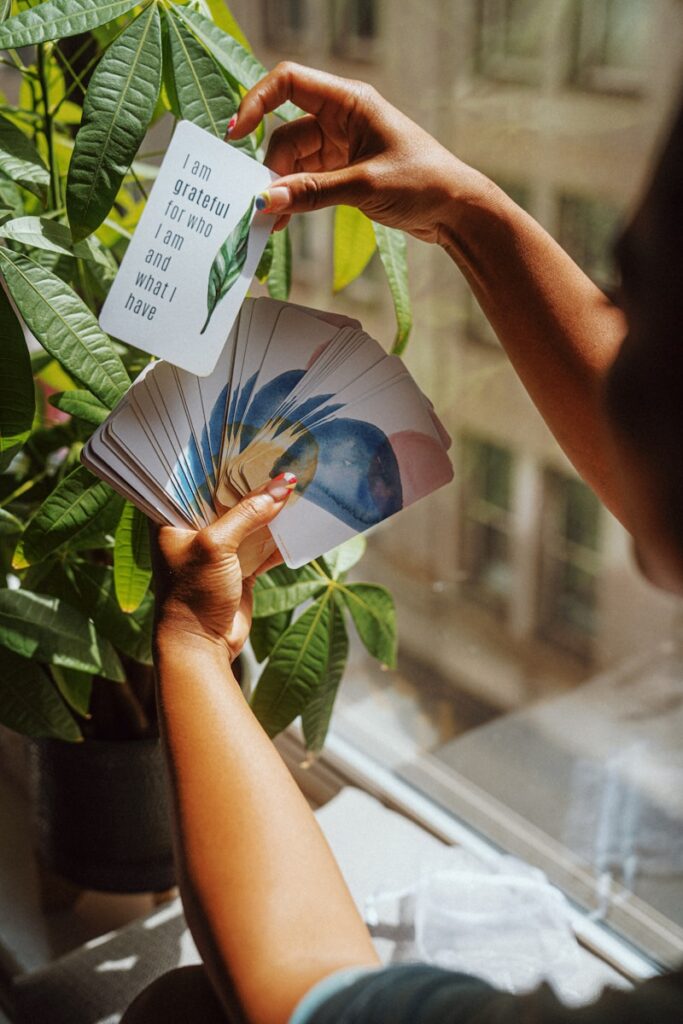This Post Contains Affiliate Links. Please Read Our Disclosure for Full Information.
our lives revolve around screens. From scrolling social media first thing in the morning to checking emails before bed, we’re constantly plugged in. And while technology makes life convenient, it’s no secret that too much screen time can hurt your mental health. Anxiety, stress, insomnia, and even low self-esteem have all been linked to overuse of digital devices.
Enter the digital detox—a conscious effort to reduce screen time, reclaim your attention, and give your brain the rest it desperately needs. Here’s how to create a practical, effective digital detox routine that actually sticks.

1. Start With a Screen Audit 📱
Before you detox, you need to understand your habits. Track how much time you spend on your phone, computer, or tablet each day. Identify apps or activities that trigger stress or unnecessary comparison.
👉 Use a screen time tracker: Fitbit Inspire 3 to monitor your daily device usage.
2. Set Specific Detox Goals ⏳
Decide what a successful digital detox looks like for you. Maybe it’s one full day without social media or limiting screen time to two hours a day. Clear goals make it easier to stick with it.
3. Create Phone-Free Zones 🛌
Keep devices out of the bedroom, kitchen, or dining area. This reduces mindless scrolling and helps you focus on real-world experiences.
👉 Store your phone in a lockbox at night: Phone Jail Lock Box.
4. Schedule Screen-Free Times 🕒
Block out specific periods each day to be device-free, like the first hour after waking or the last hour before bed. Consistency helps your brain adapt to less stimulation.
5. Replace Screens With Calming Activities 🌿
Instead of reaching for your phone, fill your time with restorative activities:
- Journaling ✍️ (Five Minute Journal)
- Reading a book 📚 (Good Vibes, Good Life)
- Meditation 🧘♀️ (Florensi Meditation Cushion)
- Going for a walk outside 🌳
6. Turn Off Non-Essential Notifications 🔕
Constant alerts increase stress and break focus. Disable notifications for apps that aren’t essential, like social media or shopping apps.
7. Limit Social Media Use 📵
Social media is one of the biggest culprits behind comparison and anxiety. Consider uninstalling apps temporarily or using built-in screen time limits.
👉 Try using focus apps like Forest: Stay Focused to make detaching fun.
8. Practice Mindful Tech Use 🧘
When you do use devices, be intentional. Avoid multitasking, scrolling mindlessly, or checking notifications as a default habit.
9. Create a Morning & Evening Routine Without Screens 🌅🌙
- Morning: Drink water, stretch, journal, or meditate before touching your phone.
- Evening: Read a book, take a bath, or do a relaxing hobby to wind down.
👉 Enhance your wind-down with a soy candle: Chesapeake Bay Scented Candle.
10. Be Patient With Yourself 🌸
Digital detox isn’t about perfection. It’s a gradual process. Even reducing screen time by 30 minutes a day is progress. Celebrate small wins and adjust your goals as you go.
Final Thoughts
A digital detox is a radical form of self-care in our screen-obsessed world. By creating intentional habits, reclaiming time, and reducing unnecessary digital noise, you’ll notice lower stress, better focus, improved sleep, and a greater sense of mental clarity.
Remember: you control technology, it shouldn’t control you.
We are giving it for free to our users
Get 7 Free Digital Planner
The Bundle Includes -
Daily Planner, Weekly Planner, Monthly Planner, Self Care Planner, Daily Reflection, Goal and Habit Tracker, Gratitude Journal and Budget Tracker









